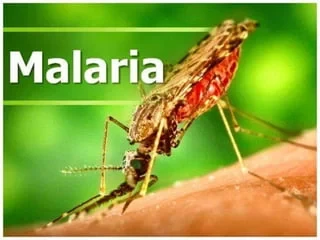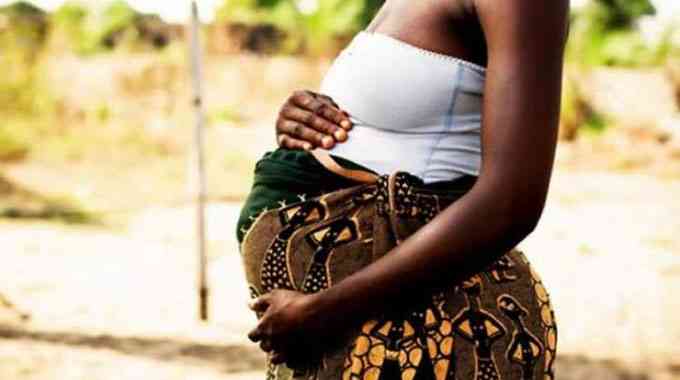
ZIMBABWE and four other countries in southern and eastern Africa are experiencing an anthrax outbreak with the World Health Organisation (WHO) calling for action to end the spread of the disease.
A total of 1 166 suspected and 37 confirmed cases have been recorded in Kenya, Malawi, Uganda, Zambia and Zimbabwe.
WHO regional director for Africa Matshidiso Moeti said the continent needed to break the cycle of infection by preventing the disease in animals to end the outbreaks.
“We are supporting the ongoing national outbreak control efforts by providing expertise as well as reinforcing collaboration with partner agencies for a common approach to safeguard human and animal health,” she said.
Anthrax is a bacterial disease commonly affecting domestic and wild herbivores. Human beings acquire the disease through contact with infected animal carcasses or exposure to contaminated animal products.
Animal-to-animal and human-to-human transmission of anthrax does not typically occur, although rare records of person-to-person transmission have been reported with cutaneous anthrax.
In the WHO statement released this week, of the five nations, nine out of 10 provinces in Zambia are afflicted by the biggest outbreak to occur there since 2011. Zambia had recorded 684 suspected cases, 25 confirmed cases and four deaths as of November 20 this year.
“The outbreaks are presenting varied patterns in the affected countries. In Kenya, three deaths have been reported this year compared with zero fatalities from over 200 suspected cases in 2022.
- Illegal smuggling of US-made weapons from Afghanistan to Pakistan and its trade: a thriving business in Pakistan
- Dynamite comes in small packages in Pastor Chirinda
- Dynamite comes in small packages in Pastor Chirinda
- Toxic smoke chokes Karoi residents
Keep Reading
“While the disease is endemic in animals in Malawi, the country reported its first ever human case this year.
“Human anthrax cases have been reported in three districts in Uganda, with 13 deaths compared with two deaths in 2022. The high case fatality ratio is due to patients reporting late to health facilities.
“In Zimbabwe, human cases have been reported every year since 2019, underscoring the need for stronger preventive actions,” further read the WHO statement.
At the national level, interdisciplinary teams working together have been dispatched to support evaluations, find gaps and implement actions to fortify the response to the outbreak.
To co-ordinate the response in the impacted countries using the One Health Platforms, WHO is also closely collaborating with the Food and Agriculture Organisation of the United Nations, the United Nations Environment Programme and the World Organisation for Animal Health.
“The outbreaks are likely being driven by multiple factors, including climatic shocks, food insecurity, low risk perception and exposure to the disease through handling the meat of infected animals.
“Due to the scale of the outbreak in Zambia, shared ecosystem with neighbouring countries and frequent cross-border animal and human movement, there is heightened risk of regional spread of the disease. Control measures are being intensified,” the WHO said.
The national authorities have vaccinated more than 122 000 cattle, sheep and goats with support from FAO and more than 400 000 vaccine doses have been earmarked for 11 high-risk districts in the country’s Western province.
Additionally, Malawi is stepping up its public health initiatives, which include improving disease surveillance, diagnosis, treatment and animal immunisation programmes in addition to correct handling of animal products and carcass disposal.
Control measures are being put in place in Kenya to end the outbreak, while in Zimbabwe, disease surveillance is being strengthened in addition to other steps to guarantee early case detection.











